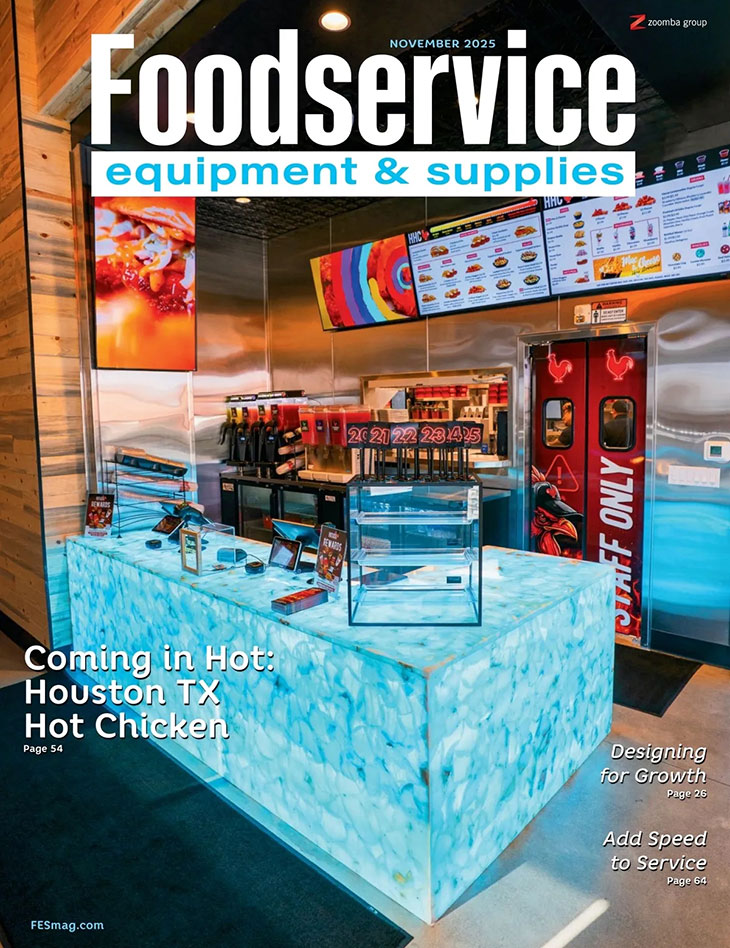Hand-washing continues to rapidly move from a tiring and trivial irritation to an existential threat. One restaurant operator faced a federal grand jury subpoena last year as part of a U.S. Food and Drug Administration criminal investigation regarding a major norovirus outbreak at the chain’s Simi Valley, Calif., store. The operator was accused of not having adequate control systems in place.
 By Jim Mann, Executive Director, Handwashing for Life Institute, This email address is being protected from spambots. You need JavaScript enabled to view it.The subpoena is directionally consistent with other recent cases where the potential penalties include large fines and executive jail time. These fears constitute new regulatory tools available to motivate compliance and are deemed much more effective and less costly than adding inspectors.
By Jim Mann, Executive Director, Handwashing for Life Institute, This email address is being protected from spambots. You need JavaScript enabled to view it.The subpoena is directionally consistent with other recent cases where the potential penalties include large fines and executive jail time. These fears constitute new regulatory tools available to motivate compliance and are deemed much more effective and less costly than adding inspectors.
The net result of the threat of multimillion-dollar fines and huge business losses is that more operators continue to reassess their risk exposure from potential system crashes in everything from hand-washing to supply chain controls.
Stop the Spread
Foodborne illness, according to the Centers for Disease Control and Prevention, continues to affect an estimated 48 million people each year (1 out of 6 Americans), resulting in 128,000 hospitalizations and 3,000 deaths. Our nation’s health protection agency also provides advice for preventive action: “Hand-washing is the single most important means of preventing the spread of infection.”
Hand-washing is the primary intervention in managing the norovirus risk, the most prevalent outbreak-causing pathogen in the U.S., Canada and most of the world. Restricting ill workers from food handling is also a critical strategy, but many who are infected and very contagious are free of any symptoms.
PulseNet, CDC’s network of local laboratories in search of outbreaks, celebrates its 20th anniversary this year by adding Whole Genome Sequencing to its toolbox. WGS simply increases the ability to detect and solve outbreaks faster and with more accuracy. That also means it will likely find smaller outbreaks previously occurring below the limits of the CDC’s radar.
Social media’s communication power adds to the list of growing risk factors as it can quickly raise the threat level from incidental to existential. The implementation of FSMA, the Food Safety Modernization Act, also has some risk-prone elements that would benefit from better hand-wash control.
Data with Documentation
The game-changing news for managing the risk of inadequate hand-washing is data: real-time compliance information, with or without documentation.
Operators, concerned about having reports on file that could be used against them should they ever be involved in an outbreak, now have the option to motivate and control staff hand-washing with direct feedback via a dashboard monitor mounted in their workspace. This removes the need to store information and is in total alignment with HACCP, which advocates that corrective actions be taken on the spot, just before the compliance line slips below the designated minimum. Direct reporting to staff can be extended to a variety of locations by having additional dashboards installed according to lines of accountability.
Wireless data capture and tailored reporting make electronically assisted hand-wash monitoring a cost-effective and sustainable solution.
Suppliers pioneering technology to assist in this area have struggled in getting the market’s attention. Many have come and gone or shifted emphasis to healthcare. Healthcare’s needs, with 479,000 annual deaths due to healthcare-associated infections, deepened the technology development dive. That resulted in more accurate, simpler and lower cost technologies.
Operators Find Tech Success
Foodservice operators started assessing and testing the newly available technologies in 2014 and 2015, during a rash of foodborne outbreaks that each had poor hand hygiene cited as a contributing factor. Many technologies have since been adapted for the foodservice market.
One of the first reported successes was in the culinary department of the Indiana University Health System’s Atrio Restaurant. As a result of their tracking staff hand-washing behaviors, Indiana University Health was able to convert hand-washing from an arbitrary series of acts into a process with standards of performance and control.
Hand-washing rates were more than doubled in both frequency and scrub time. Training effectiveness was increased dramatically as standards provide a finish line, defining success and establishing expectations to be considered for future advancement.
Another hand-washing success story comes via a major fast-food chain, where a new breed of food safety leaders are driving progress. The franchisees, who apparently have a lower tolerance for the costs of legal action than their parent organization, are spearheading the effort.
Data brings the C-suite into the decision-making process and facilitates project choices being taken on brand threats as well as brand builders. Choices can no longer be dominated by the annual parade of front-of-house marketing initiatives, flooding the schedules of operations.
QA and the Safety Zone
Hand-washing data drives other risk-reduction actions. Not having a recent outbreak is no longer a defense for the status quo. Quality assurance teams finally have something to monitor, keeping an eye on trends and predictable system breakdowns just as they do for temperature control. They now have their “thermometer” for control of hand-washing, helping the operations group stay within the agreed zone of safety.
The new category of kitchen equipment is flexible and can be customized to fit current management practices and work flow. The installation requires very little disruption, thanks to wireless.
Chain operators are encouraged to initiate a test to better assess and define the value of electronic handwash monitoring in the context of overall culture, process control and tolerance for risk, especially now that there is a readily available solution.
Failure to deploy on-the-shelf process control technologies will increasingly place operators at risk for a charge of negligence, multiplying fines and customer payouts of otherwise minor incidents.
It’s time for operators to further mitigate risk by motivating and
controlling hand-washing with data, from the boardroom to the dishroom. It’s also time that consultants, dealers and manufacturer representatives help their clients make risk-reducing equipment choices for improved hand hygiene.



